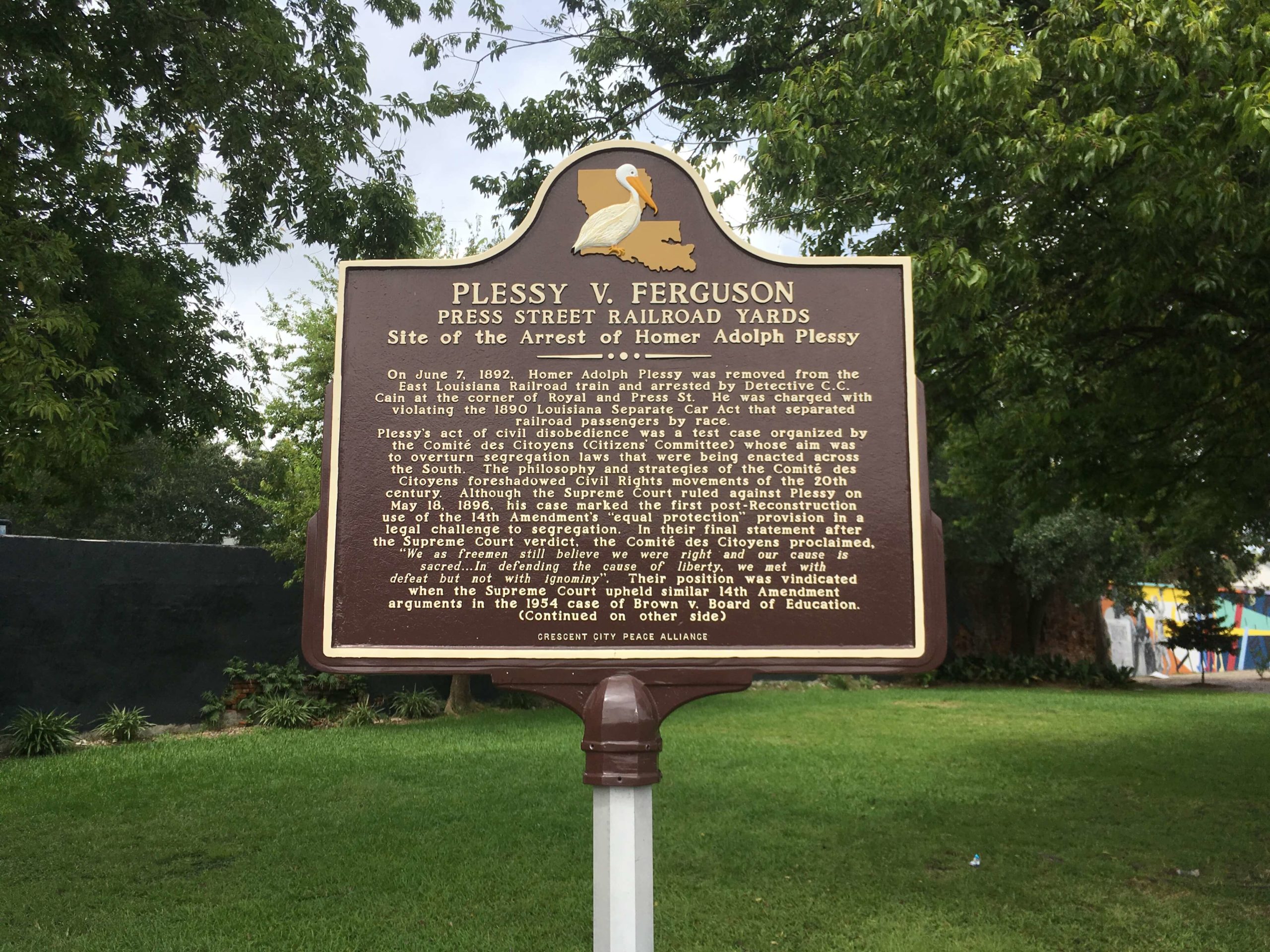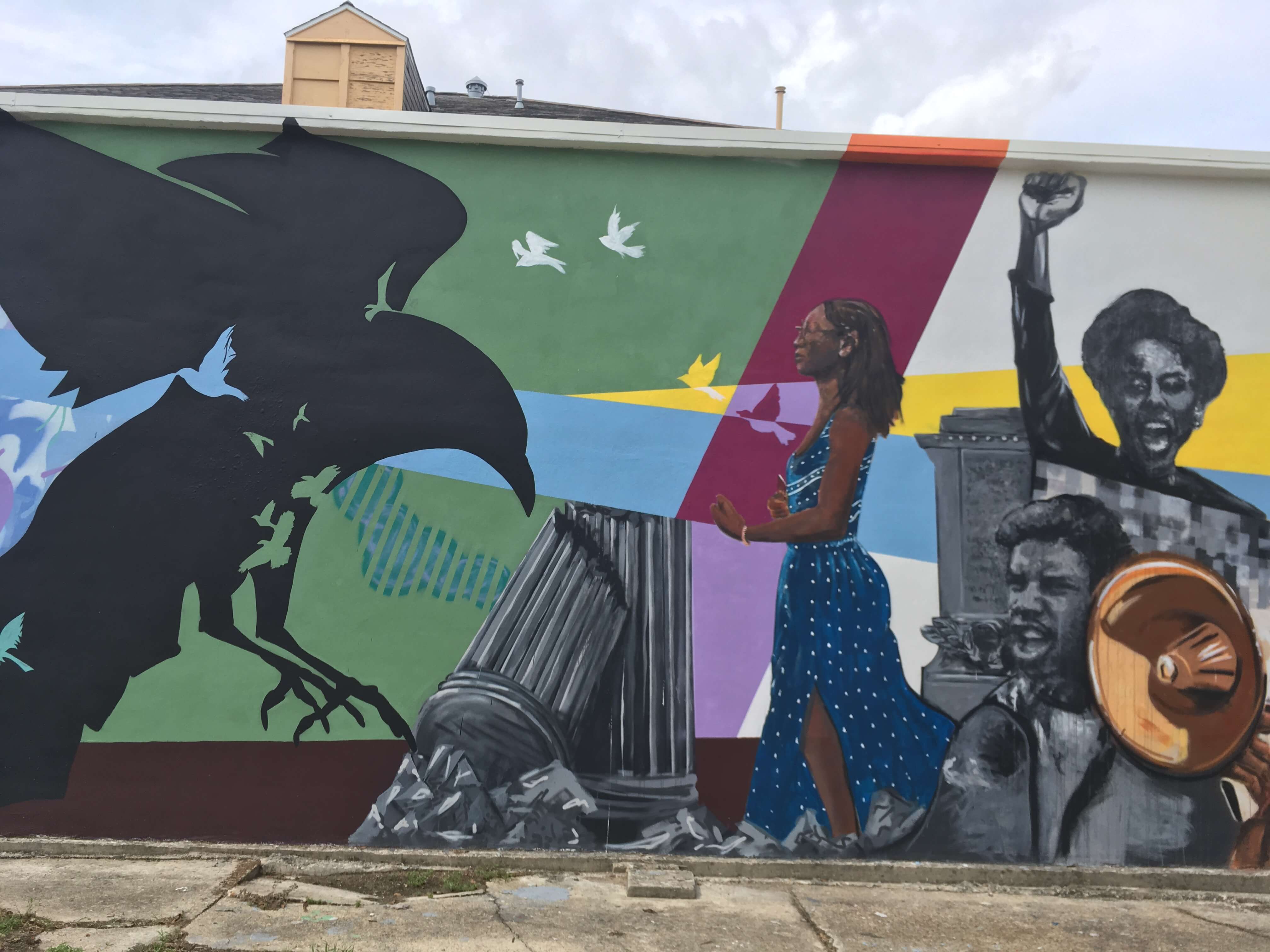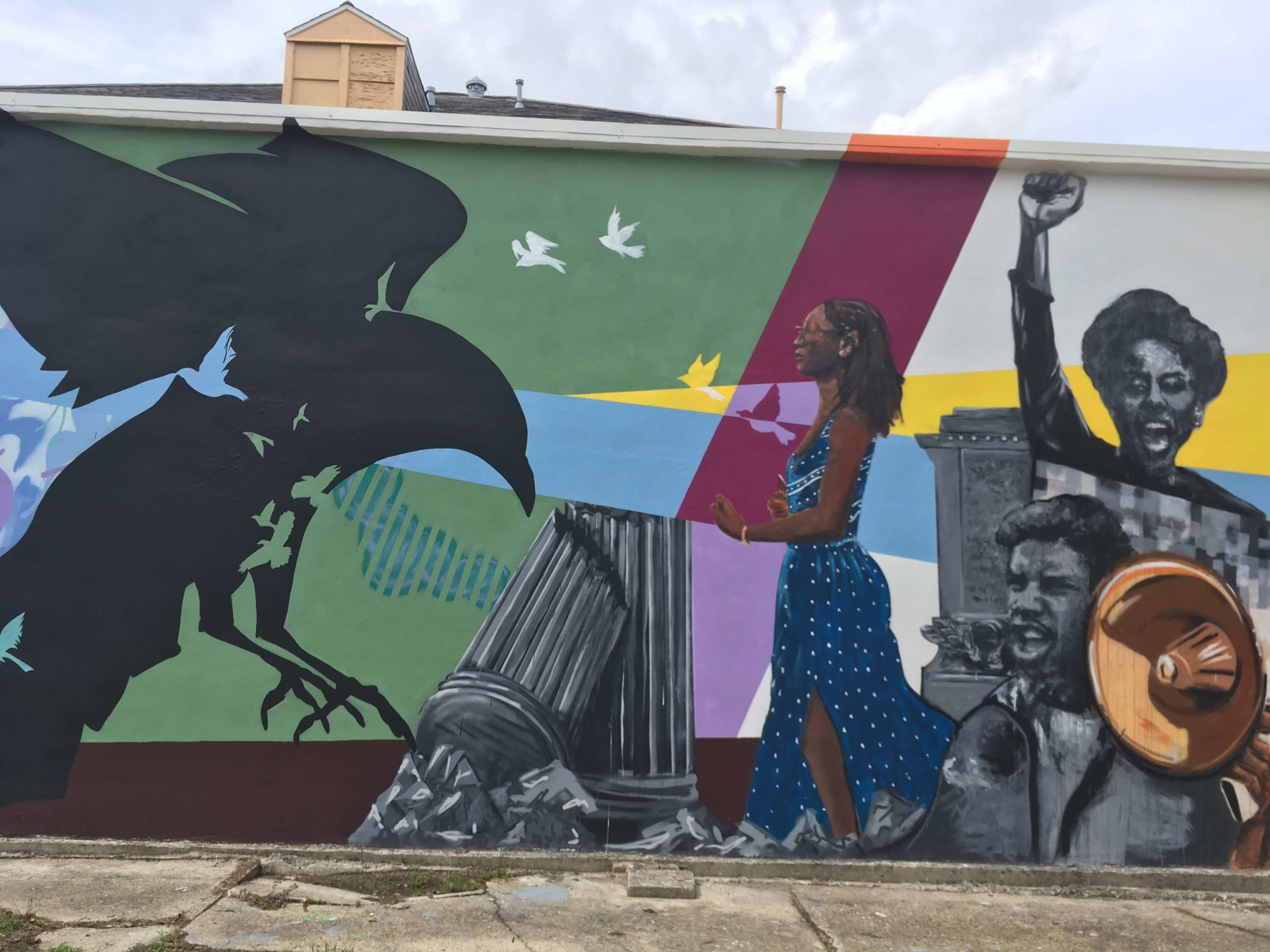On June 7, 1892, Homer Plessy purchased a first-class ticket from the East Louisiana Railroad train at the corner of New Orleans’ Press and Royal streets. Plessy boarded the train, took a seat and informed the conductor he would not be leaving the white’s only railcar. He was swiftly removed from the train and arrested – which was his intention all along.
Plessy and the Citizen’s Committee organized his act of civil disobedience in order to fight the segregation laws that defined post-Civil War America. Plessy v. Ferguson went before the Supreme Court four years later and Plessy’s case lost, cementing separate but equal laws for the next six decades. However, his case was instrumental for future Civil Rights movements and triumphs.

A plaque commemorating the monumental case has long marked where Plessy’s fight began – on Press Street in the city’s Bywater neighborhood, but New Orleans Councilwoman Nadine Ramsey brought forward a motion to further honor the civil rights icon. In April of 2018, the City Council unanimously voted to rename a section of Press Street Homer Plessy Way.
Over 100 years after the case was closed, Keith Plessy and Phoebe Ferguson came together to form the Plessy and Ferguson Foundation, a nonprofit organization dedicated to teaching, preserving and fighting for civil rights. The founders were “thrilled” with the City Council’s decision to rename Press Street, the Louisiana Weekly reported.
“We are thrilled that this has become a reality,” said Phoebe Ferguson told Louisiana Weekly. “We feel this is another milestone educating the public about the legacy of Homer Plessy and the Citizens’ Committee…We are grateful to the City Council for recognizing the importance of naming this section of the street after him.”

Homer Plessy Way spans five blocks from Chartres Street to St. Roch Avenue and is surrounded by the New Orleans Center for Creative Arts campus, Studio Be, a community garden and of course, the rail tracks where Plessy’s protest began. In May, New Orleans artist Ayo Scott installed a mural commemorating the accomplishments and continuing battle for equal rights.
The mural depicts landmarks of the civil rights movement, spanning from the Supreme Court’s ban of segregation of schools and the three six-year-old black girls who integrated McDonogh 19 in 1960 to the more recent protests against police violence towards the people of color. Scott included rendition of Ieshia Evans, who was pictured in a now-iconic photograph standing firmly and defiantly against heavily armed officers during protests in Baton Rouge after the 2016 killing of Alton Sterling.







